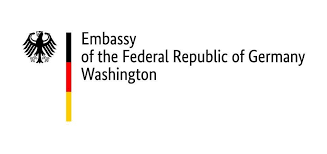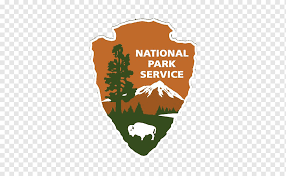German American Day
German-American Heritage Museum of the USA™
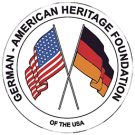
Follow us
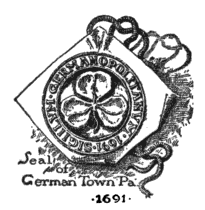
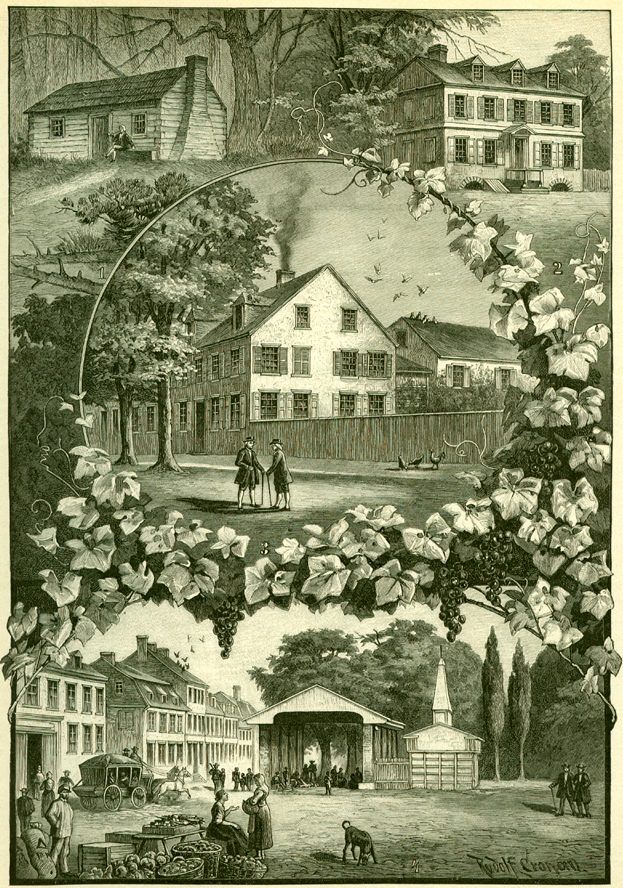
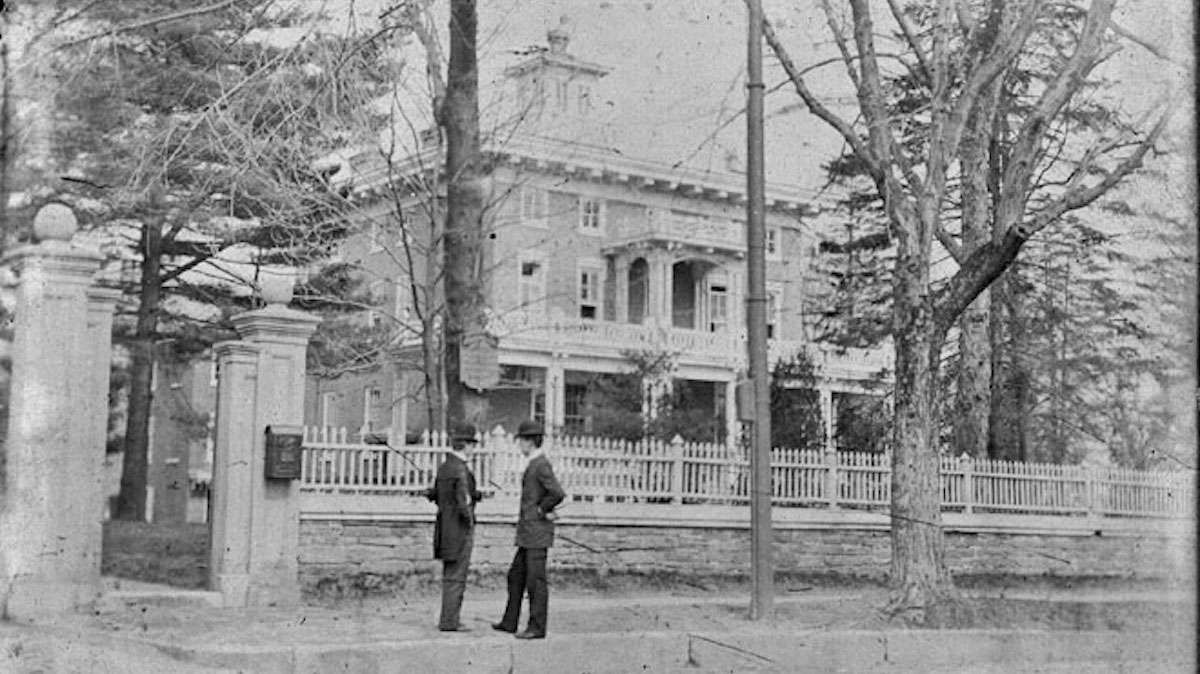
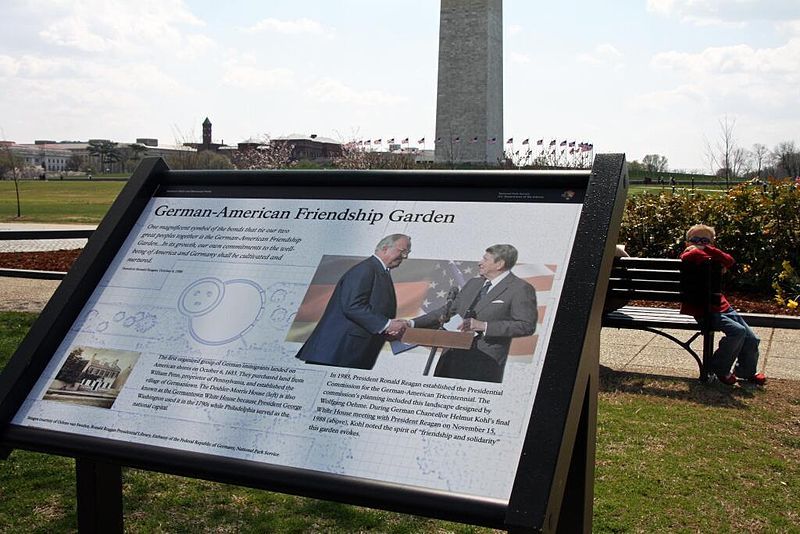
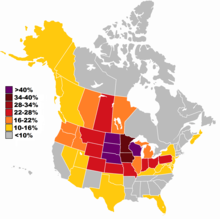
October 6, 2022
Why are we celebrating German American Day? What’s this all about?
Click here to read the 2025 Presidential Message on German American Day.
Did you know that German Americans are the largest ethnic group in the United States?
Almost 44 million people self-report to have ancestors who immigrated from a German-speaking country. That’s almost one-third of the total global population with German ancestry.
Very few of the German states had colonies in the new world. In the 1670s, the first significant groups of German immigrants arrived in the British colonies, settling primarily in Pennsylvania, New York and Virginia.
The first German came to Virginia in May of 1607; his name was Dr. Johannes Fleischer the Younger, a botanist and physician. Although he died in August of 1608 having contracted one of the many diseases that decimated the fledgling colony, he had managed to recruit fellow Germans to make the treacherous journey across the Atlantic to Virginia.
The next group of Germans arrived aboard the vessel Mary and Margaret about 1 October 1608. These Germans were glassmakers and carpenters. In 1620, German mineral specialists and saw-millwrights followed, to work and settle in the Virginia colony.
However, Germans lived in the New World even earlier than that: America’s oldest city, Saint Augustine in Florida, then a Spanish colony, was home to a small group of German-speaking residents as early as the 1570s.

On Oct. 6, we celebrate our German-American heritage by commemorating the date in 1683, when 13 families from the German town of Krefeld landed in Philadelphia. These families subsequently founded Germantown, Pennsylvania, the first German settlement in the original 13 colonies.
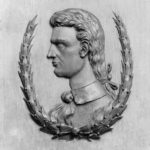
They were led by Franz Daniel Pastorius, a native of Sommerhausen in the German Duchy of Franconia, and a lawyer by training. Earlier in 1683, a group of Mennonites, Pietists, and Quakers in Frankfurt, including Abraham op den Graeff, a cousin of William Penn, had approached Pastorius about acting as their agent to purchase land in Pennsylvania for a settlement. In Philadelphia, Pastorius then negotiated the purchase of 15,000 acres (61 km²) from William Penn, the proprietor of the colony, and laid out the settlement of Germantown, where he himself would live until his death in 1720.
As one of Germantown’s leading citizens, Pastorius served in many public offices. He was the first mayor and also was a member of the Pennsylvania General Assembly in 1687 and 1691.
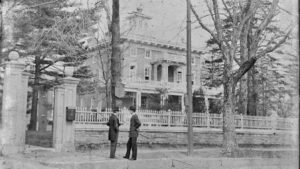 Germantown was absorbed into Philadelphia in 1854. Germantown has played a significant role in American history; it was the birthplace of the American antislavery movement, the site of a Revolutionary War battle, the temporary residence of George Washington, the location of the first bank of the United States, and the residence of many notable politicians, scholars, artists, and social activists.
Germantown was absorbed into Philadelphia in 1854. Germantown has played a significant role in American history; it was the birthplace of the American antislavery movement, the site of a Revolutionary War battle, the temporary residence of George Washington, the location of the first bank of the United States, and the residence of many notable politicians, scholars, artists, and social activists.
Many German-Americans commemorated their heritage with local versions of German-American Day in the 19th century. It is believed that the first “German Day” was celebrated in Philadelphia in 1883, on the 200th anniversary of the settlement of Germantown to acknowledge the importance of German influence in the area. Later, other surrounding communities held their own “German Day” celebrations. Sadly, World War 1 brought an end to “German Day”, and much of the pride people had in their culture was tucked away for nearly 60 years. The holiday was revived in 1983, when President Ronald Reagan proclaimed October 6th as German-American Day to celebrate and honor the 300th anniversary of German American immigration and culture to the United States.
Mr. Helmut Krüger, a native of Germany and our 2019 Distinguished German-American of the Year, who was then the president of GAHF, played a vital role in establishing German-American Day, and also worked with President Reagan to pass a bill for the development of a German-American Friendship Garden.
On Aug. 6, 1987, Congress approved Resolution 108, designating Oct. 6, 1987, as German-American Day, and it became public law on Aug. 18. A proclamation was issued on October 2, 1987, by President Reagan in a formal ceremony in the White House Rose Garden, at which time the President called on Americans to observe the Day with appropriate ceremonies and activities.
